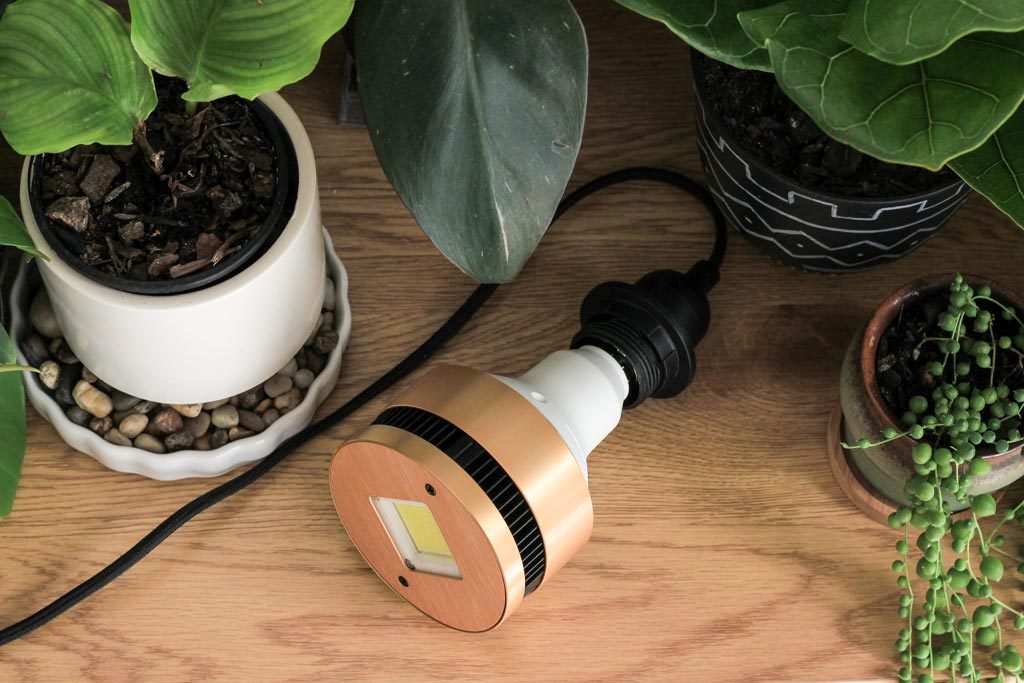Rattlesnake plants, commonly known as Calathea lancifolia, are stunning houseplants that boast vibrant foliage and unique patterns. To ensure their healthy growth and vibrant appearance, it is crucial to provide them with the ideal lighting conditions. In this essay, we will explore the factors to consider while selecting the perfect lighting for rattlesnake plants, helping you create an optimal environment for their growth and thriving.
Understanding Rattlesnake Plant Lighting Needs
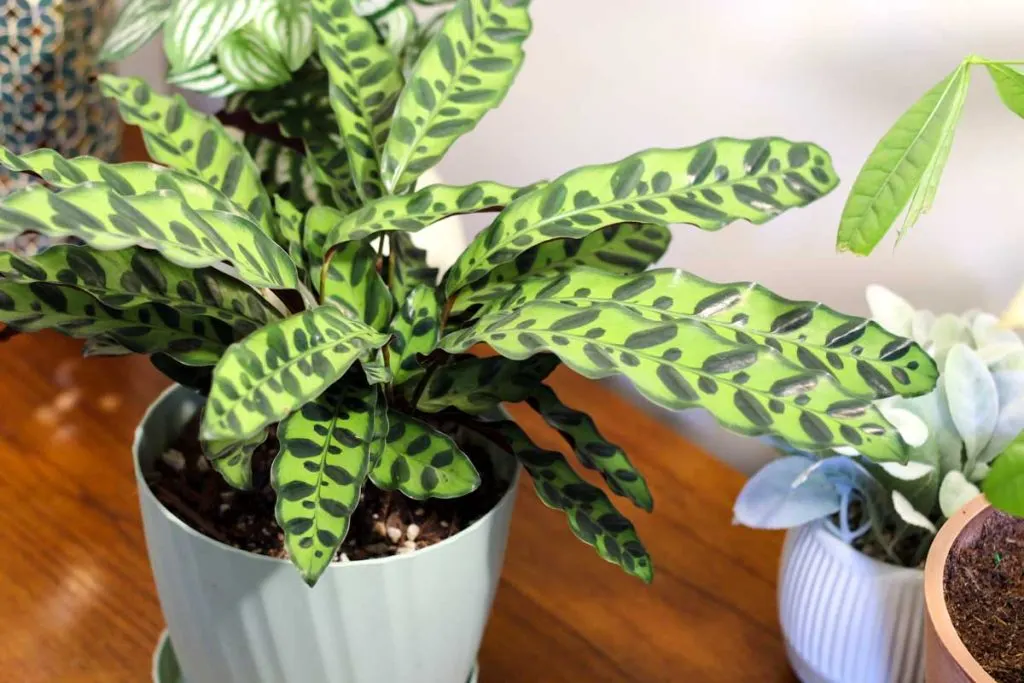
Before delving into the process of picking the ideal lighting for rattlesnake plants, it is essential to understand their lighting requirements. As native to the tropical regions of South America, rattlesnake plants thrive in bright, indirect light. They are naturally found under the forest canopy, where they receive filtered sunlight. Therefore, replicating similar lighting conditions indoors is vital for their well-being.
Assessing Natural Light Availability
The first step in determining the ideal lighting for rattlesnake plants is to assess the natural light availability in your space. Observe the location where you plan to place your plant and evaluate the amount of natural light it receives throughout the day. Rattlesnake plants generally prefer bright, indirect light, so look for areas that receive moderate levels of light, away from direct sunlight.
East, West, North, or South-facing Windows?
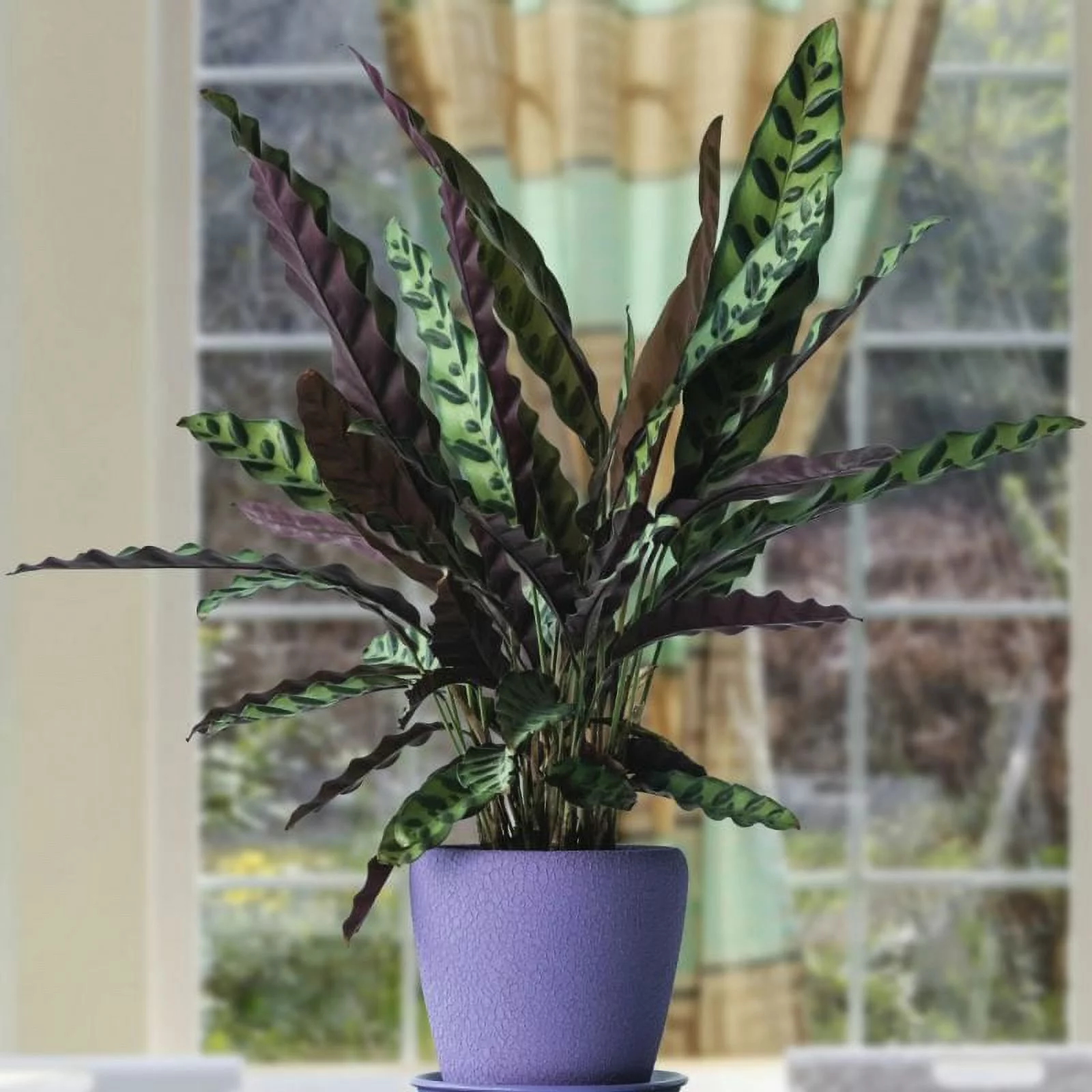
Once you have assessed the natural light availability, it is essential to consider the orientation of your windows. Different orientations offer varying levels of light intensity and duration. East-facing windows provide gentle morning light, which is generally suitable for rattlesnake plants. West-facing windows, on the other hand, offer brighter afternoon light, which may require some filtration or distance from the window to avoid direct exposure. North-facing windows provide indirect light throughout the day, making them an excellent choice for rattlesnake plants. South-facing windows offer the most intense light, which may require additional shading or moving the plant slightly further away from the window.
Supplementing Natural Light with Artificial Lighting
In cases where natural light is limited or inconsistent, supplementing with artificial lighting becomes necessary. LED grow lights are a popular choice for providing the necessary light spectrum for rattlesnake plants. Look for LED lights specifically designed for plants, as they emit the right balance of red and blue light wavelengths needed for photosynthesis. Place the lights above the plants, ensuring they are positioned at an appropriate distance to avoid burning the leaves. Keep in mind that artificial lighting should be used in conjunction with natural light, if possible, to provide the best results.
Types of Lighting for Rattlesnake Plants
1. Natural Light:
- Importance of natural light for rattlesnake plants.
- Ideal placement near windows with bright, indirect sunlight.
- Consideration of the intensity and duration of natural light exposure.
2. Artificial Light:
a. Incandescent and Halogen Bulbs:
-
- Characteristics and limitations of incandescent and halogen bulbs.
- Suitability as supplemental light sources for rattlesnake plants.
b. Fluorescent Lights:
-
- Different types of fluorescent lights available.
- Consideration of cool white, warm white, and full spectrum fluorescent lights.
- Recommended distance between the plants and fluorescent lights.
c. LED Lights:
-
- Advantages of LED lights for indoor plant lighting.
- Different color temperatures and their effects on plant growth.
- Suitable LED light options for rattlesnake plants.
Factors to Consider when Selecting Lighting for Rattlesnake Plants
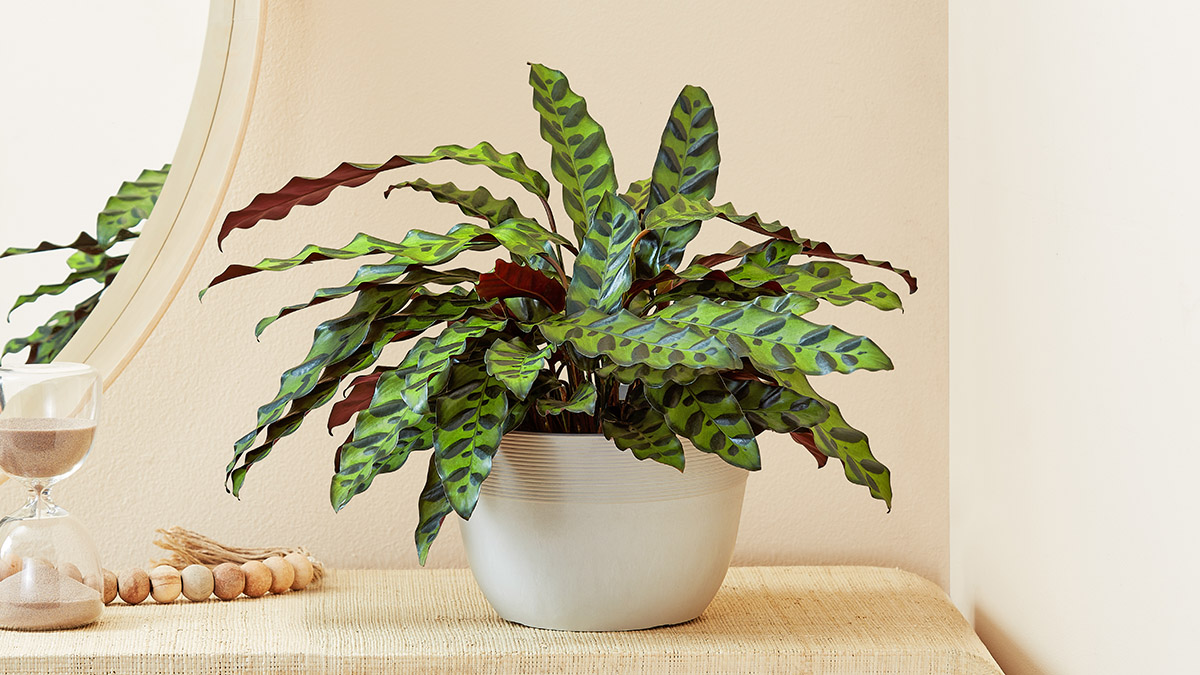
- Duration and Intensity of Lighting
Apart from the type and source of lighting, the duration and intensity also play a crucial role in the health and growth of rattlesnake plants. Aim for a consistent light duration of around 10-12 hours per day. This mimics the natural daylight hours for most of the year. Adjust the lighting schedule according to the seasonal changes and consider using timers to maintain a consistent routine.
Regarding intensity, rattlesnake plants prefer moderate to bright light. However, intense or direct sunlight can scorch their leaves. If your space receives intense light, provide some shade or keep the plant at a distance from the window to prevent leaf damage. If the light is too dim, consider supplementing with artificial lighting to provide the required intensity.
- Regular Monitoring and Adaptation
Picking the ideal lighting for rattlesnake plants is not a one-time decision; it requires regular monitoring and adaptation as the plant grows and seasons change. Pay attention to any signs of stress or leaf discoloration, as it may indicate that your plant is not receiving adequate or appropriate lighting. Adjust the position, distance from the window, or lighting duration accordingly to cater to the plant’s evolving needs. Be observant and responsive to ensure your rattlesnake plant thrives in its lighting environment.
Additional Tips for Successful Lighting of Rattlesnake Plants
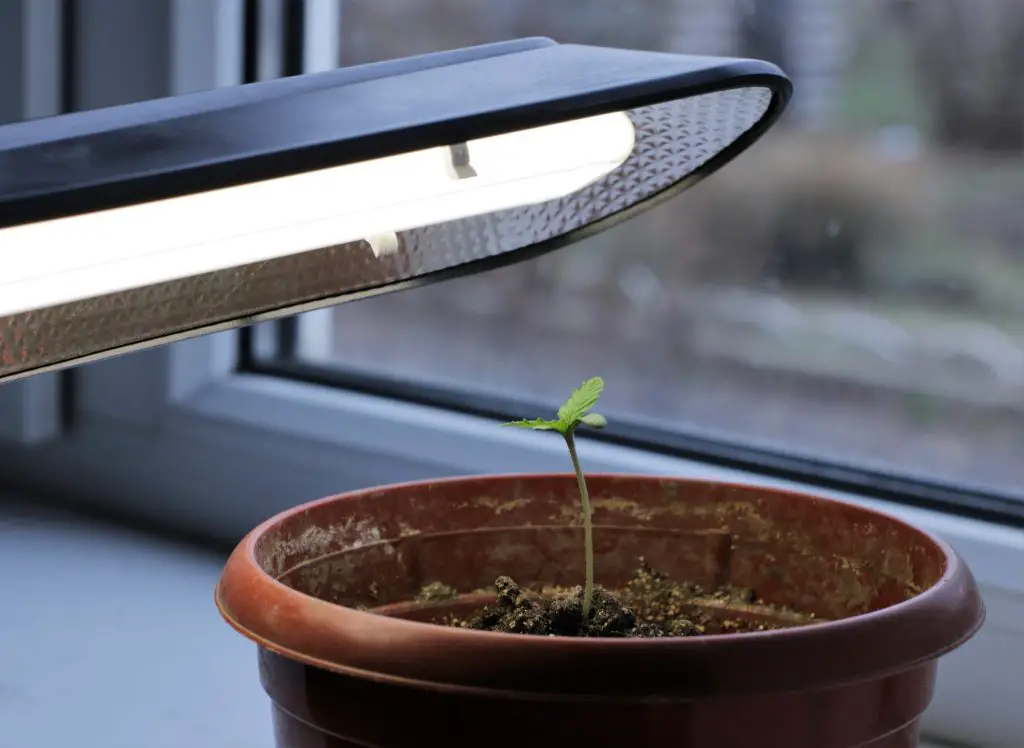
- Avoid direct sunlight: Rattlesnake plants can be sensitive to direct sunlight, which can lead to leaf scorching. Place them in areas with bright, indirect light to prevent damage.
- Rotate the plants: To ensure balanced light exposure, rotate the rattlesnake plants regularly. This helps prevent uneven growth and encourages even development of foliage.
- Consistent lighting schedule: Mimic natural day and night cycles by providing a consistent lighting schedule for your rattlesnake plants. This helps regulate their growth and allows for proper rest periods.
- Clean light fixtures: Regularly clean the light fixtures used to provide artificial lighting. Dust and debris can accumulate on the fixtures, reducing the efficiency of the light output. A clean fixture ensures optimal lighting conditions for the plants.
-
Remove obstructions: Check for any obstructions that may be blocking the light from reaching the rattlesnake plants. Trim back any overgrown foliage or move objects that are casting shadows on the plants.
Conclusion
Choosing the ideal lighting for rattlesnake plants is a crucial factor in their overall health and appearance. Assessing natural light availability, considering window orientation, supplementing with artificial lighting when necessary, and monitoring and adapting to the plant’s needs are key steps in creating the perfect lighting conditions. By following these guidelines, you can ensure that your rattlesnake plant receives adequate light to thrive and become an exquisite addition to your indoor garden.
